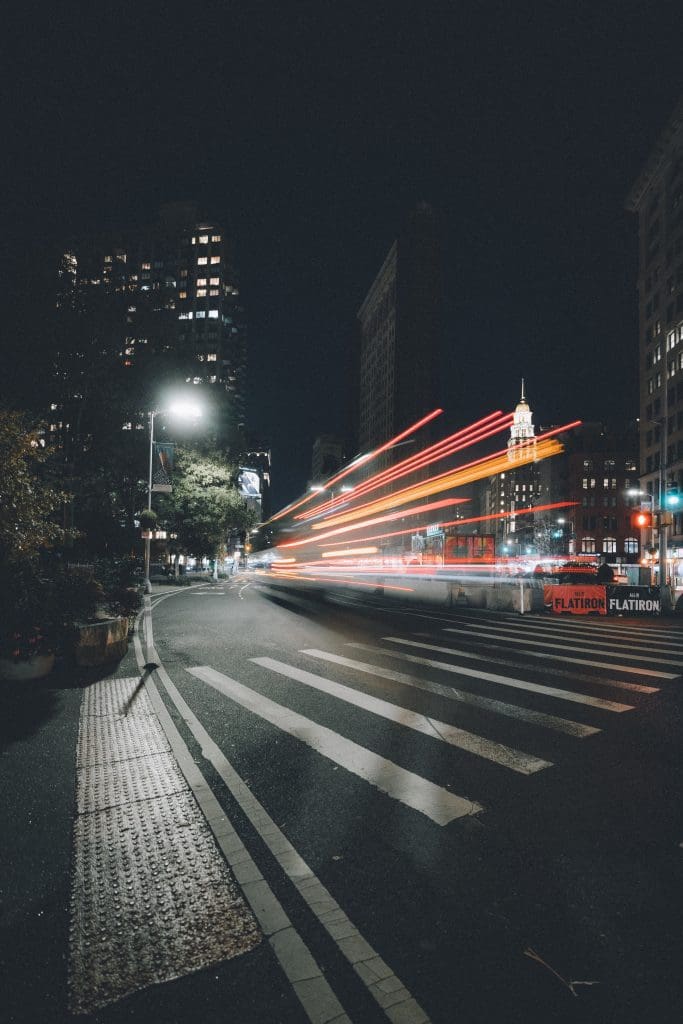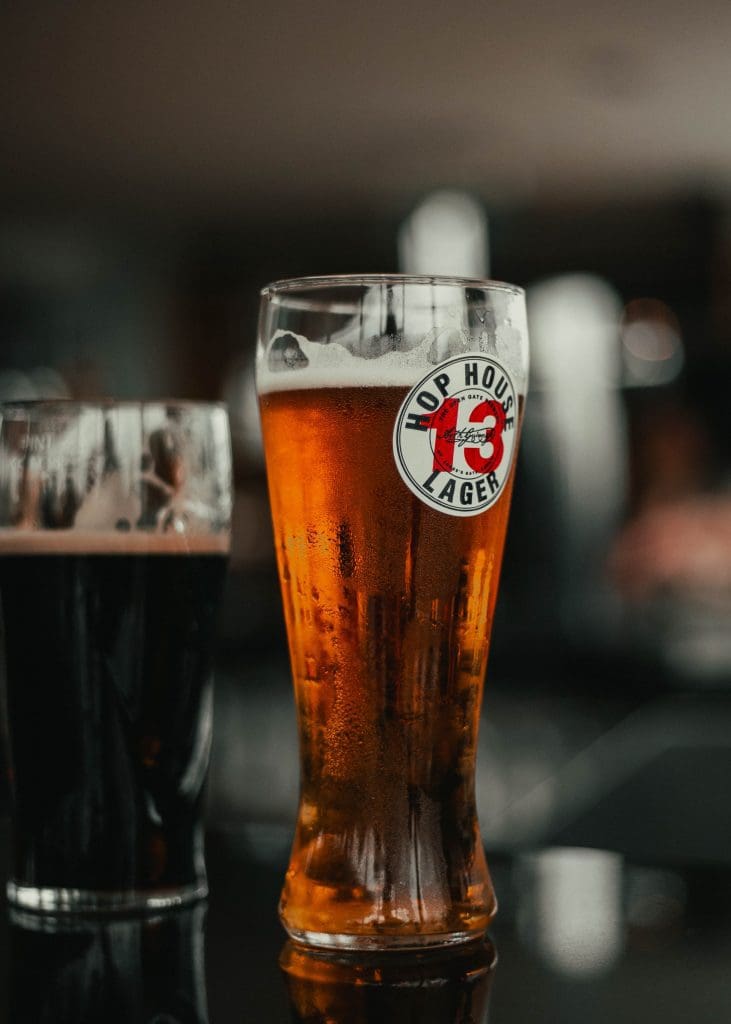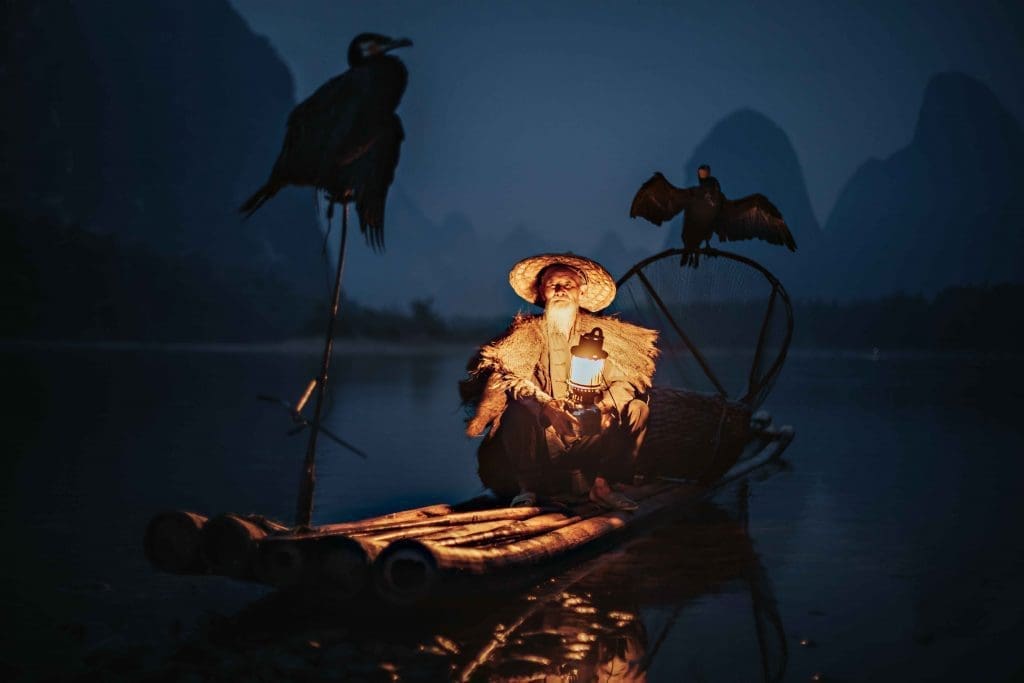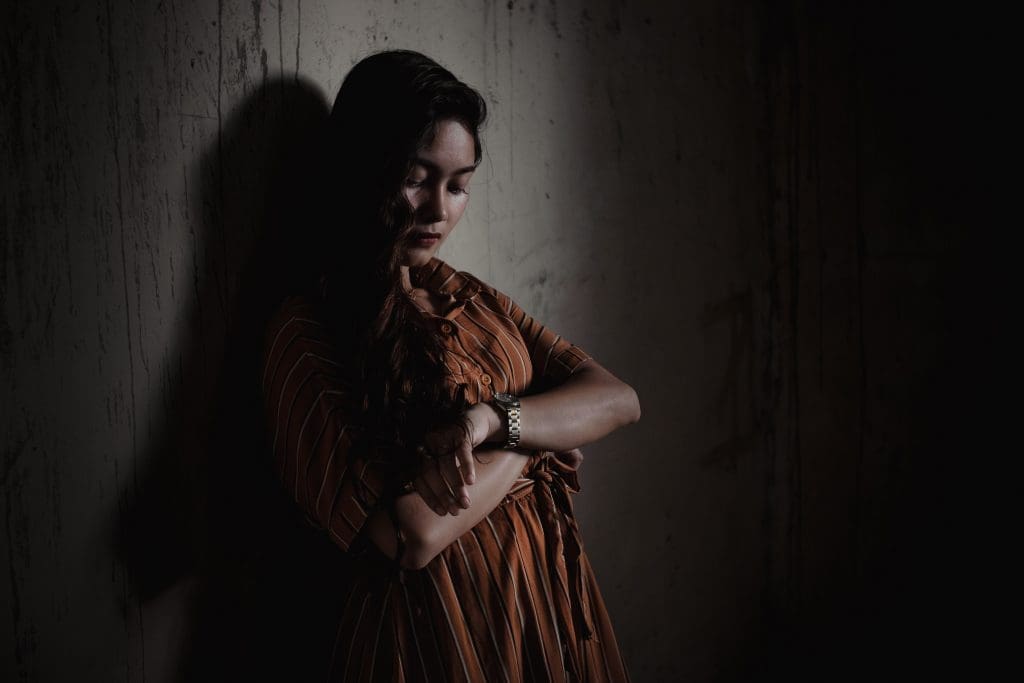There are times when you don’t even think about using a flash and times when you can’t do anything without it. But there are also times when you don’t want to use a flash, such as portraits or animal pictures. And there are also times when a flash will be useless, as is the case with landscape and wide-angle photographs. Or perhaps your flash just broke, and you need to take pictures anyway.
When you have the possibility to use the flash, but you don’t want to, you may consider using the flash in manual mode and control its intensity. However, check out the following tips for taking great pictures without a flash.
Get creative with long exposure.
The biggest fear when working without a flash is underexposed pictures. You don’t have good lighting conditions, and there’s nothing to do about it. Nevertheless, you can achieve perfectly exposed pictures by increasing the exposure time. Besides, you’ll get smooth and atmospheric compositions that will complement your visual story. Keep in mind to use a tripod, as long exposures can end in camera shake and blurry images.

Photo by Lerone Pieters on Unsplash
Use a large aperture
To allow more light to enter the camera, you can also use a large aperture (small f-stops). Set the camera to aperture priority mode and choose the largest aperture available. The camera will set the shutter speed accordingly to deliver perfectly exposed pictures. Don’t forget that a large aperture means a shallow depth of field. Therefore, if you want to have more of the background in focus, use wide lenses and stay as far away from the subject as possible.

Photo by Jonathan Cooper on Unsplash
Use a higher ISO
A quick way to fix working in low light conditions without using a flash is to increase the ISO sensitivity. By increasing the ISO value, you actually increase the camera’s ability to capture light. This means you’ll have perfectly exposed pictures even using small apertures or fast shutter speeds. However, high ISO values can add a grainy noise to your photos, so don’t overdo it if your camera isn’t very good at high ISO values (e.g., smartphone cameras usually aren’t).

Photo by Filippo Cesarini on Unsplash
Adjust the white balance
When you don’t have enough light, you can lose some colors and get a yellowish or bluish glaze (especially when working with non-professional artificial sources of light). To make sure you capture the original colors, adjust the white balance to the lighting conditions. Don’t forget to shoot in RAW to have the best color accuracy possible and room for post-processing.

Photo by Rainier Ridao on Unsplash
Taking pictures without a flash is a choice for many photographers. A flashlight up just a small area of the scene and tends to alter the colors. It may make the scene look colder and more artificial, not to mention red-eye portraits. Make sure you know how to work around it and create the atmosphere you want without compromising image quality.
Cover Photo by Mick Haupt on Unsplash

